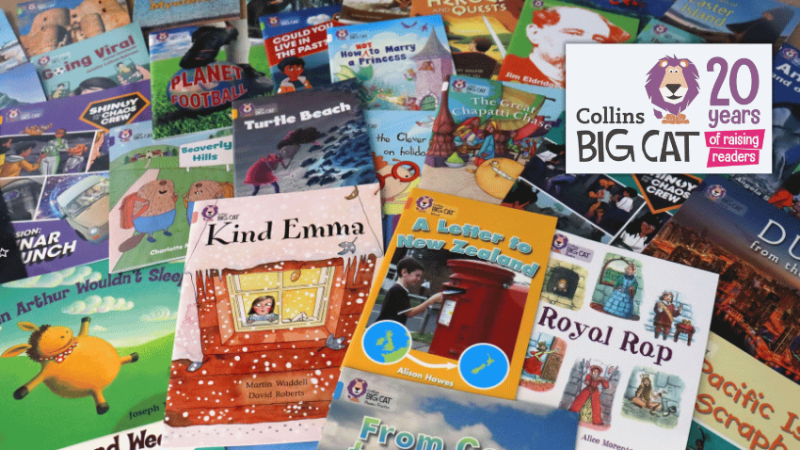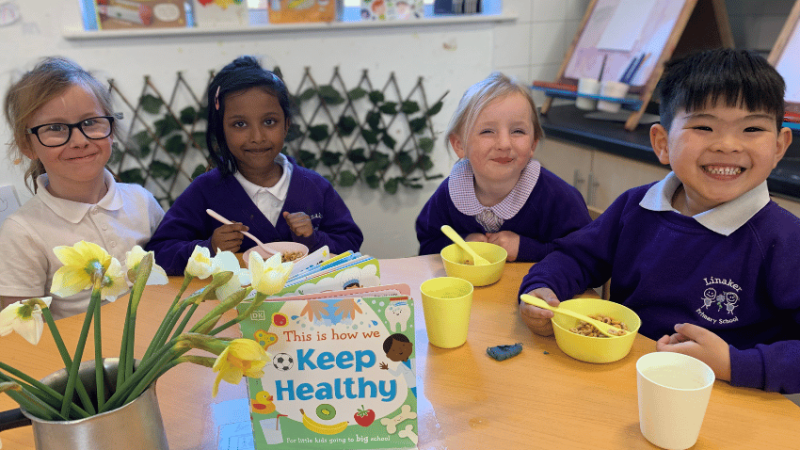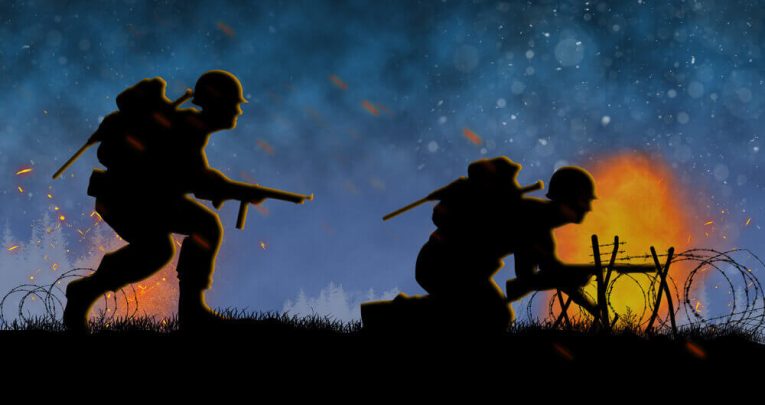12 of the Best Summer Outdoor Learning and Play Lessons and Activities for KS1
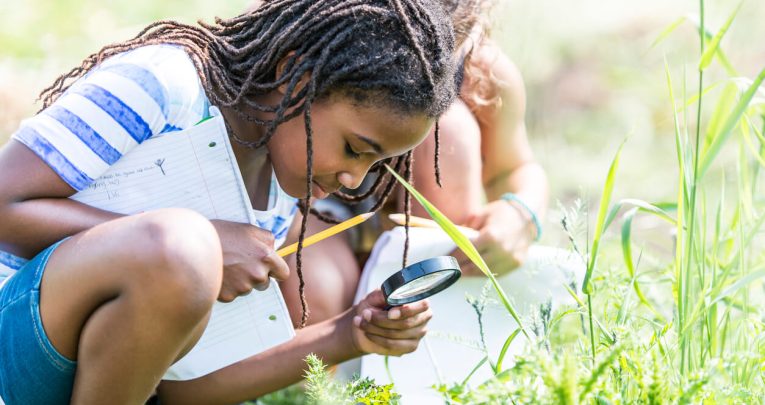
Help children have fun in the sun either side of the summer holidays with these lesson plans, ideas and activities to ensure they're engaged in learning in the natural world…

- by Teachwire
- Classroom expertise and free resources for teachers

1 | Sunshine and sandwiches
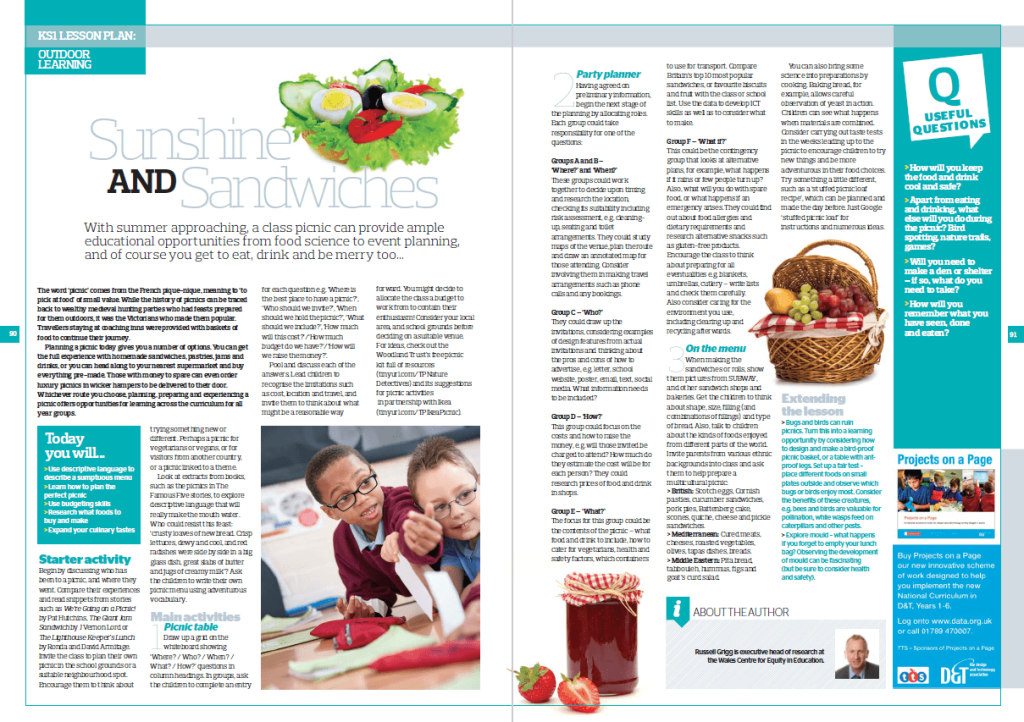
A class picnic can provide ample educational opportunities from food science to event planning, and of course you get to eat, drink and be merry too.
Planning, preparing and experiencing a picnic offers opportunities for learning across the curriculum for all year groups, and this lesson plan allows children to use descriptive language to describe a sumptuous menu, use budgeting skills, research what foods to buy and make and expand their culinary tastes.
2 | Great books for exploring outdoors
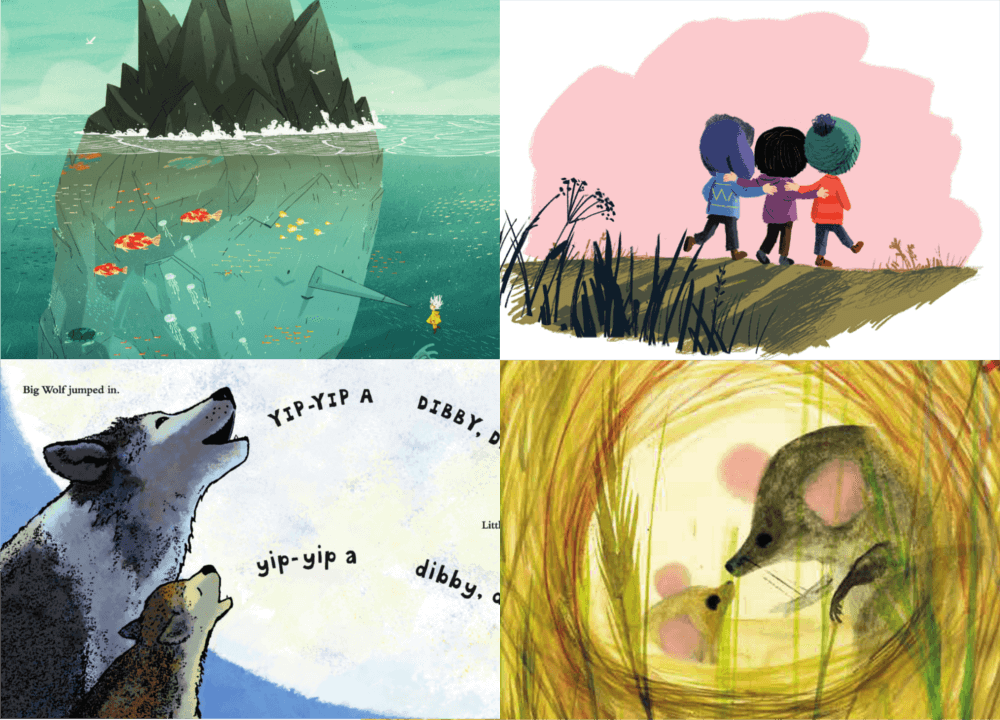
The natural world is a place of adventure and excitement, so step out of the front door and take your class into the great unknown with these fiction-inspired activities from Carey Fluker Hunt.
3 | Colour all around us art lesson
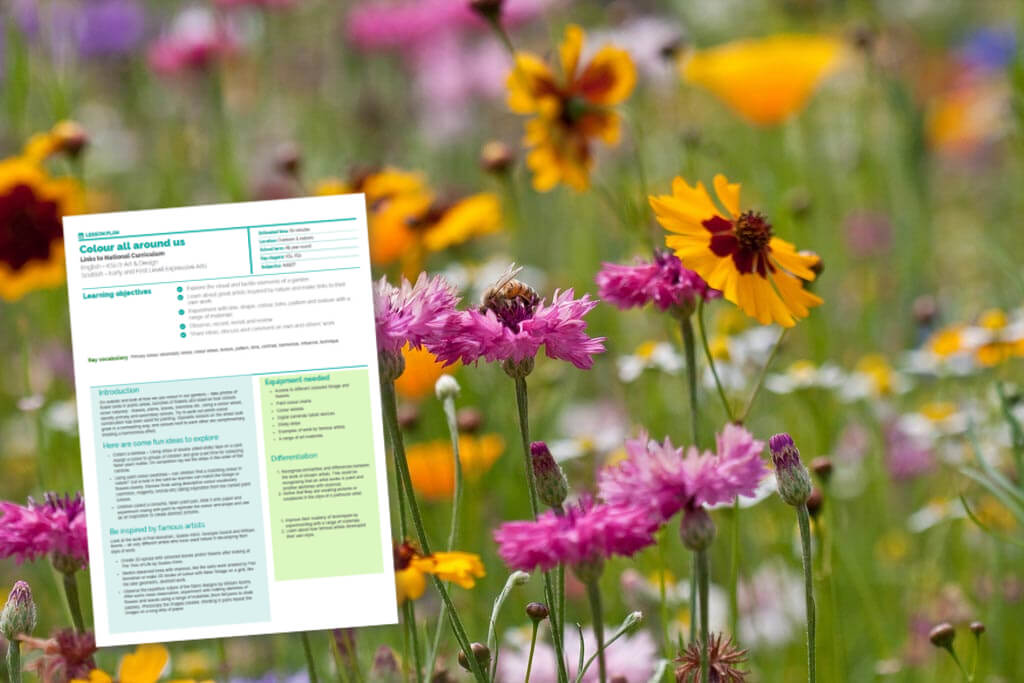
In this lesson, children will explore the visual and tactile elements of a garden, learn about great artists inspired by nature and make links to their own work, and experiment with line, shape, colour, tone, pattern and texture with a range of materials.
4 | Bees, pollination and honey
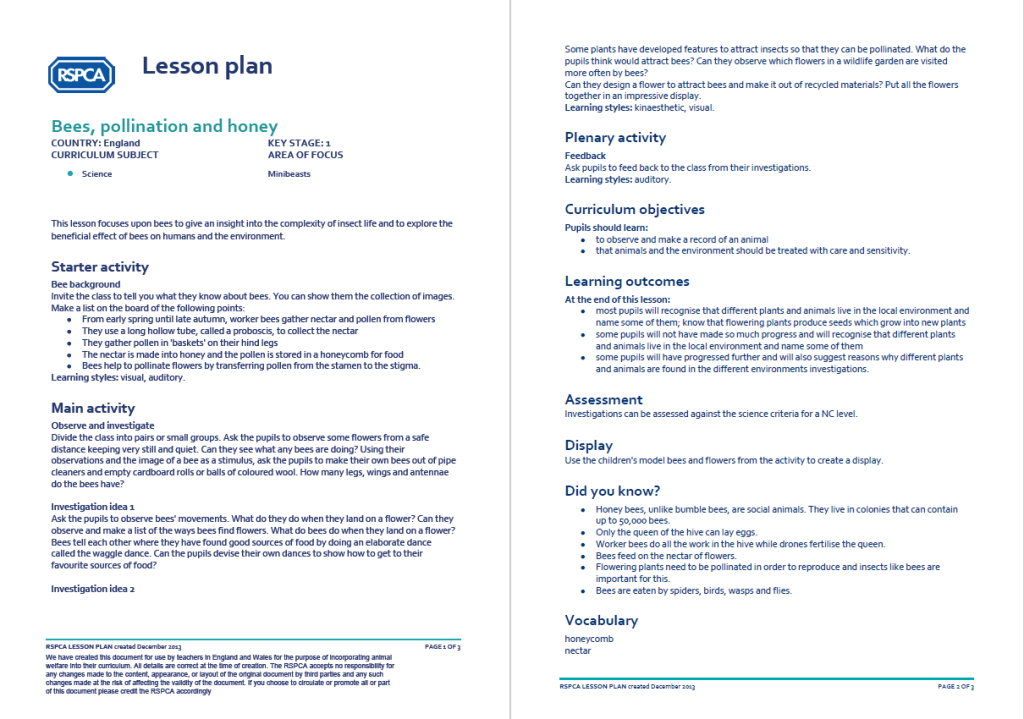
We share our world with so much wildlife and minibeasts are easy to spot.
This lesson focuses upon bees to give an insight into the complexity of insect life and to explore the beneficial effect of bees on humans and the environment.
5 | Beyond the school gate
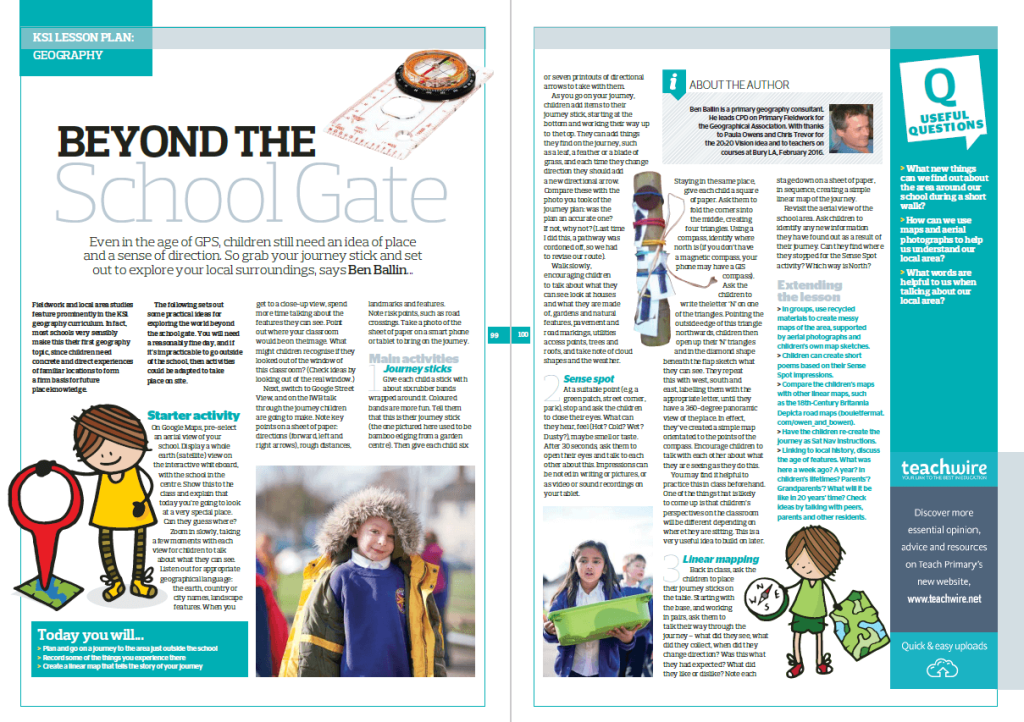
Fieldwork and local area studies feature prominently in the KS1 geography curriculum. In fact, most schools very sensibly make this their first geography topic, since children need concrete and direct experiences of familiar locations to form a firm basis for future place knowledge.
This lesson plan from Ben Ballin sets out some practical ideas for exploring the world beyond the school gate.
6 | Go on a seed safari
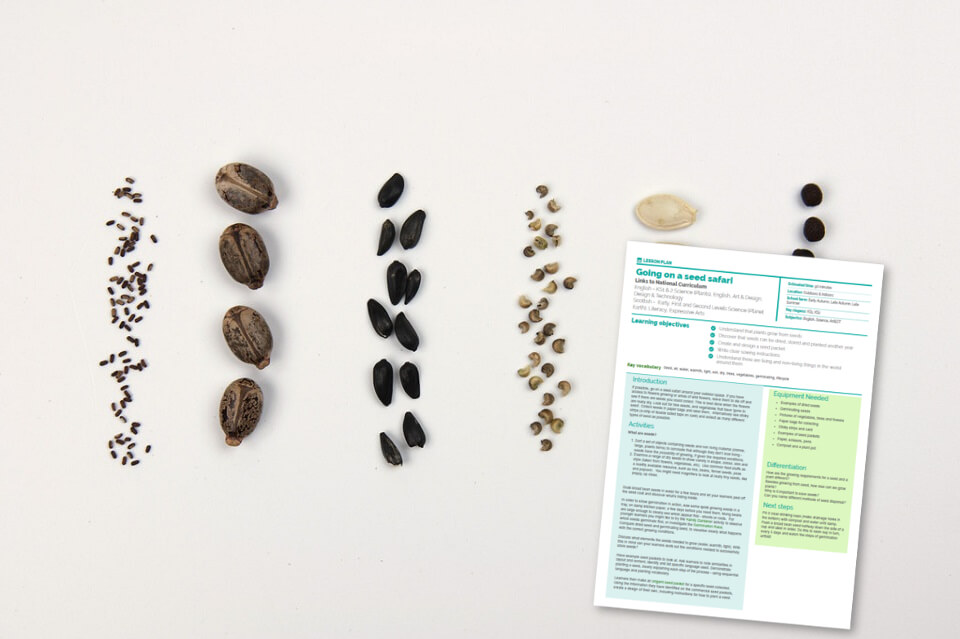
In this lesson children will understand that plants grow from seeds and understand that there are living and non-living things in the world around them.
They will also discover that seeds can be dried, stored and planted another year; create and design their own seed packet; and write clear sowing instructions.
7 | Tunes on the tarmac
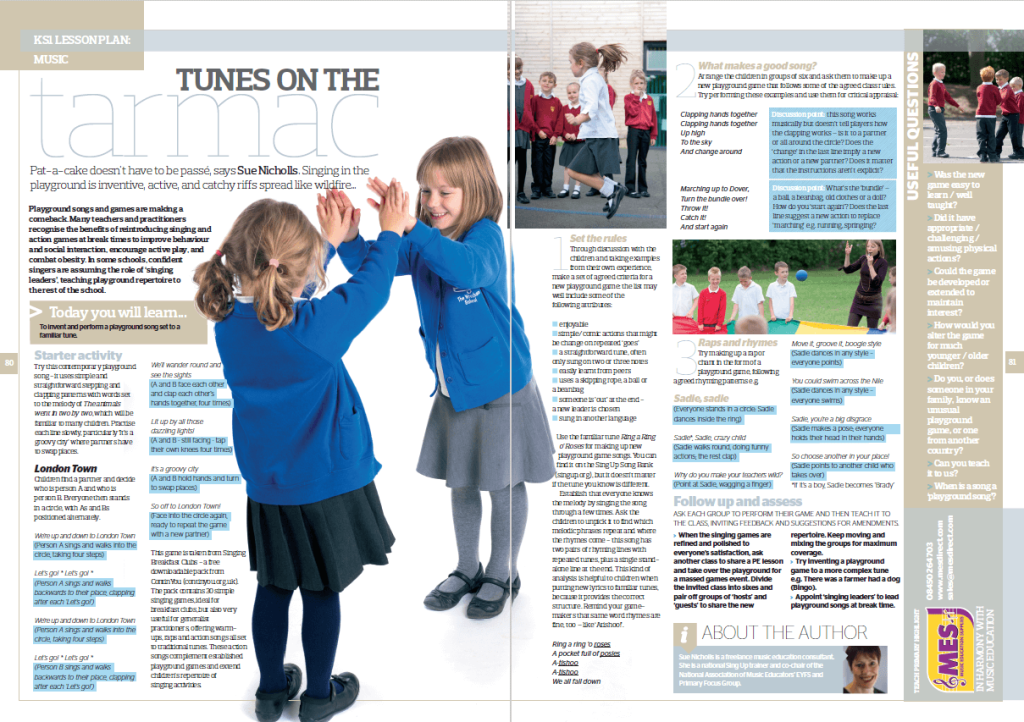
Many teachers and practitioners recognise the benefits of reintroducing singing and action games at breaktimes to improve behaviour and social interaction, encourage active play, and combat obesity.
So, pat-a-cake doesn’t have to be passé – singing in the playground is inventive, active, and catchy riffs spread like wildfire.
8 | Plan a school fruit and veg garden
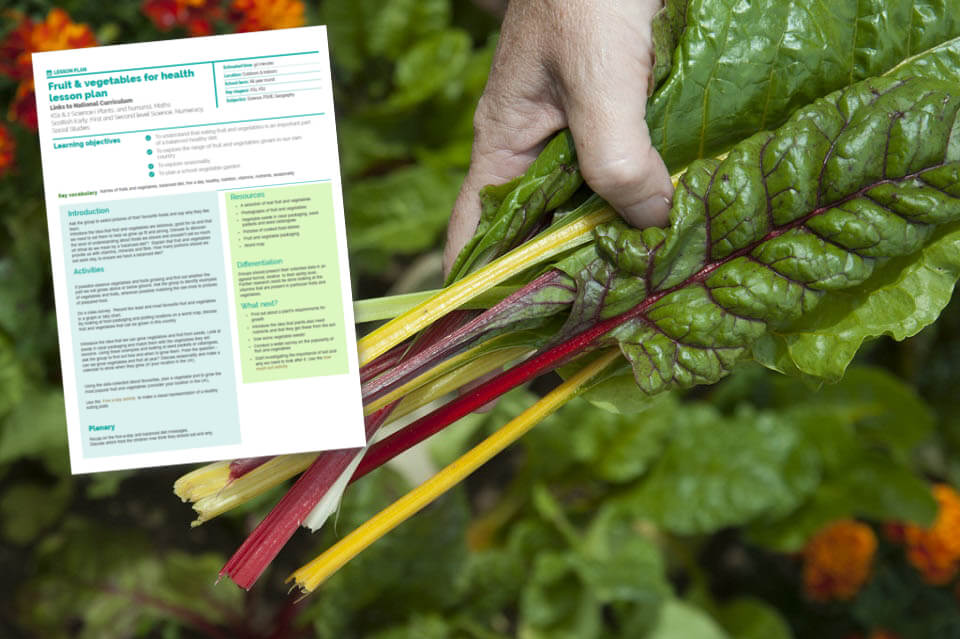
In this lesson children will understand that eating fruit and vegetables is an important part of a balanced healthy diet.
Trending
They will also explore the range of fruit and vegetables grown in our own country, explore seasonality and plan a school vegetable garden.
9 | Teach geography through Michael Rosen’s Bear Hunt
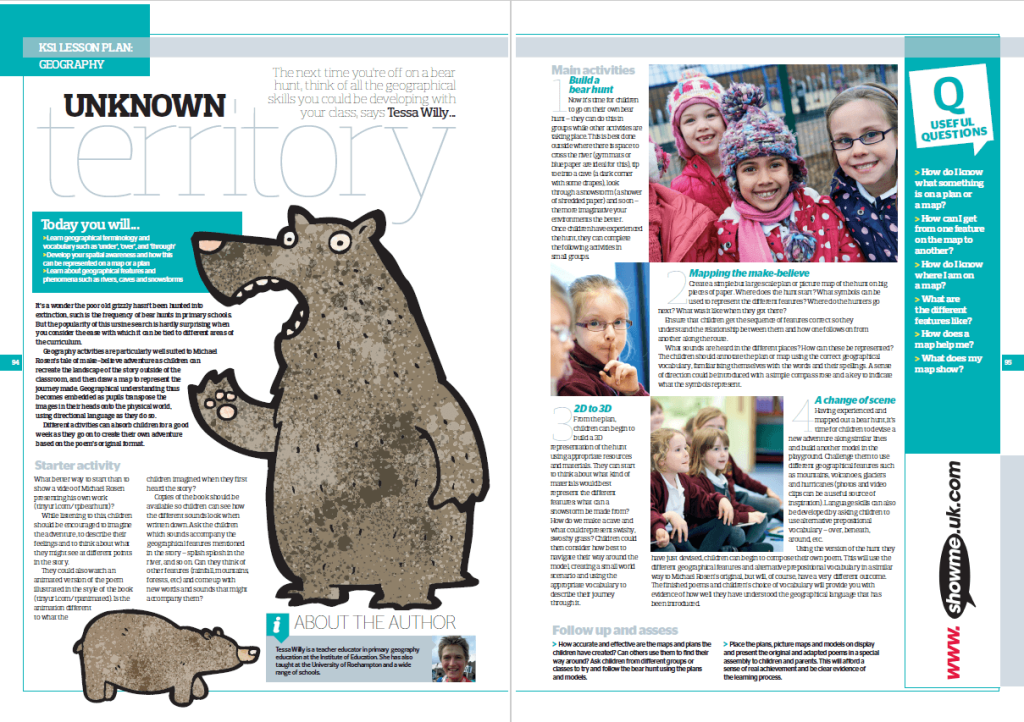
It’s a wonder the poor old grizzly hasn’t been hunted into extinction, such is the frequency of bear hunts in primary schools. But the popularity of this ursine search is hardly surprising when you consider the ease with which it can be tied to different areas of the curriculum.
Geography activities are particularly well suited to Michael Rosen’s tale of make-believe adventure as children can re-create the landscape of the story outside of the classroom, and then draw a map to represent the journey made.
Geographical understanding thus becomes embedded as pupils transpose the images in their heads onto the physical world, using directional language as they do so.
10 | Wildlife and habitats
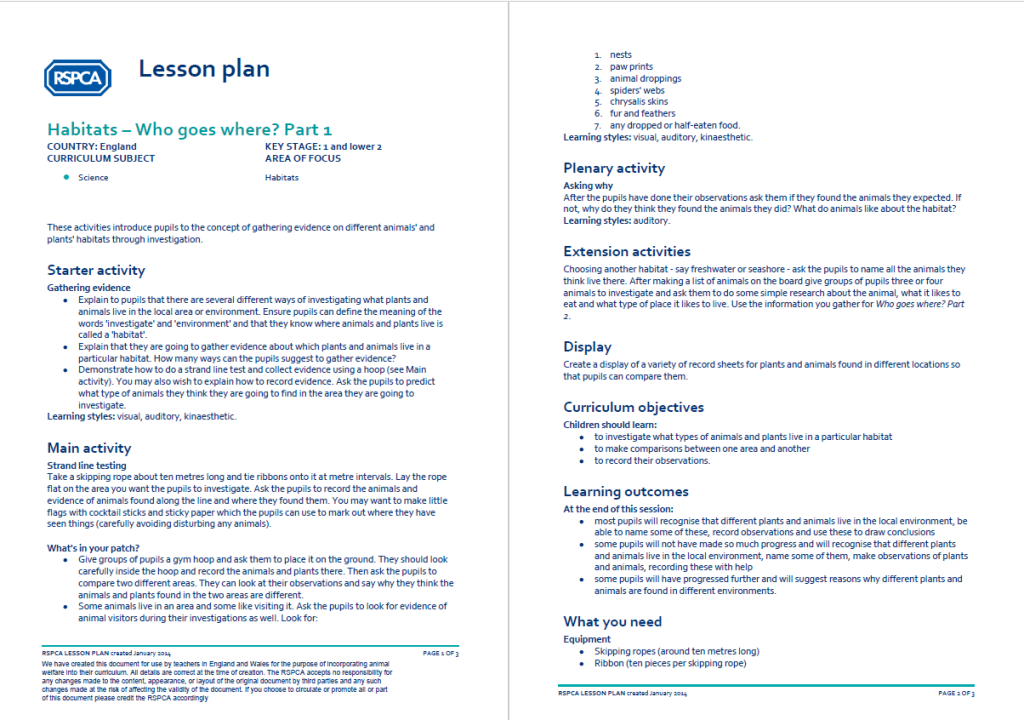
From the tiniest insect to burrowing badger, we share our environment with a wide range of wildlife.
Encourage your young learners to explore the world around them, think about the impact humans have on wildlife and what we can do, as compassionate citizens, to protect them.
These activities introduce pupils to the concept of gathering evidence on different animals’ and plants’ habitats through investigation.
Part 2 encourages pupils to think about how animals are suited to a particular environment.
11 | Make mini-rainforest shelters
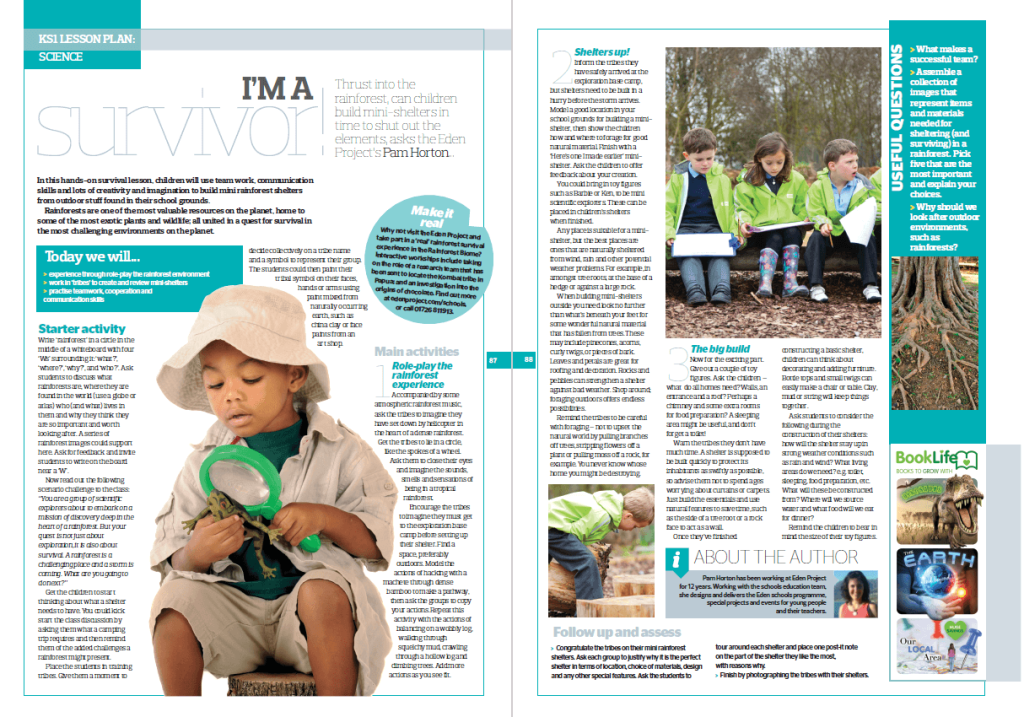
In this hands-on survival lesson, children will use teamwork, communication skills and lots of creativity and imagination to build mini rainforest shelters from outdoor stuff found in your school grounds.
Rainforests are one of the most valuable resources on the planet, home to some of the most exotic plants and wildlife; all united in a quest for survival in the most challenging environments on the planet.
12 | Sun safety
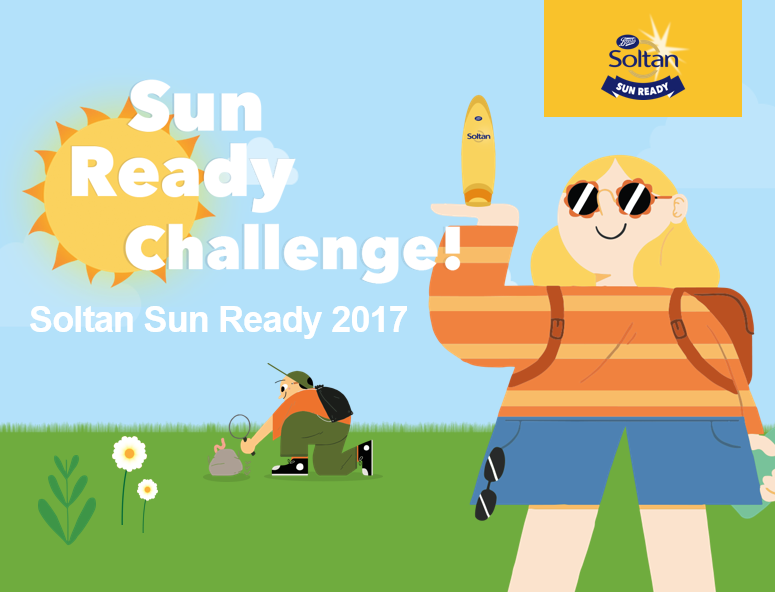
And finally, this assembly presentation from Boots Soltan Sun Ready helps to introduce a whole-school approach to sun safety for pupils aged 5-11.
If you’re heading outside, it pays to keep safe from the sun.


